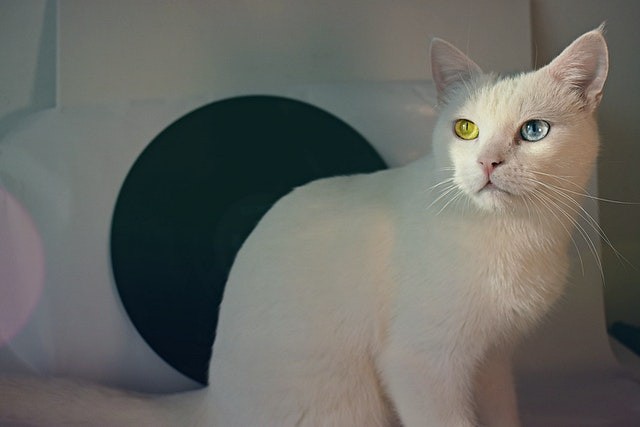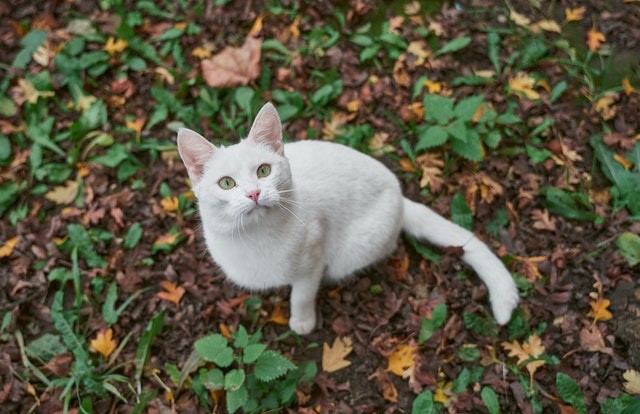It was far from the perfect crime. Authorities said the fluffy white cat of a drug-runner was caught trying to sneak narcotics into a prison in Panama.
On Friday, AFP reported the feline felon was found with the narcotics in a pouch tied all over its neck when it was stopped outside the Nueva Esperanza Prison in the province of Colon Head of the Panama Penitentiary System.

Use of Animals For Smuggling Unlawful Substances
Andres Gutierrez said: "The animal was with a cloth tied around its neck" that carried wrapped packages of white powder, "vegetable matter," and leaves. According to another official, the substances were possibly marijuana and cocaine.
Local prosecutors said they had begun an investigation into the use of animals for smuggling unlawful substances into the Nueva Esperanza facility, which houses over 1,700 prisoners.
Prosecutors said for the time being, the criminal cat in question will be conveyed to a pet adoption center. It's not the first time animals have been used to sneak drugs by prisoners in the Central American country. Previously, authorities have caught attempted deliveries of drugs by homing pigeons and even drones.
The Domesticated Species
The cat - Felis catus is a domesticated species of small carnivorous mammals. It is the only species that is domesticated in the Felidae family and is commonly called the domestic cat to differentiate it from the wild family members. A cat can either be a feral cat, farm cat, or a house cat; the latter ranges freely and prevents human contact. Humans value domestic cats for friendship and their ability to hunt rodents.
Approximately 60 breeds of cats are acknowledged by different cat registries.The cat is related in anatomy to the other species of felid: it has a powerful flexible body, retractable claws, sharp teeth, and rapid reflexes, adapted to the killing of small prey. Its vision at night and sense of smell is well developed.

Communication of Cats
Communication of cats includes vocalization such as grunting, hissing, meowing, growling, trilling and purring as well as body language that are cat-specific. A predator that is most agile at dusk and dawn, the cat is a lonely hunter but a social species. It can hear sounds that have the too low or too high frequency for human ears like those mice and other small mammals makes. It secretes and perceives pheromones.
Female domestic cats can reproduce from spring to late autumn, with offspring sizes usually ranging from two to five kittens. Domestic cats are bred and exhibited at events as pedigree cats that are registered, a hobby called cat fancy. Failure to control the breeding of pet cats by neutering and spaying, as well as desertion of pets, brings about large numbers of feral cats all over the world, supporting the extinction of all mammal, reptile, and bird species, and inducing population control.
Related Article : There's Hope for Europe's Rarest Cat
For more news, updates about cats and similar topics don't forget to follow Nature World News!
© 2026 NatureWorldNews.com All rights reserved. Do not reproduce without permission.





